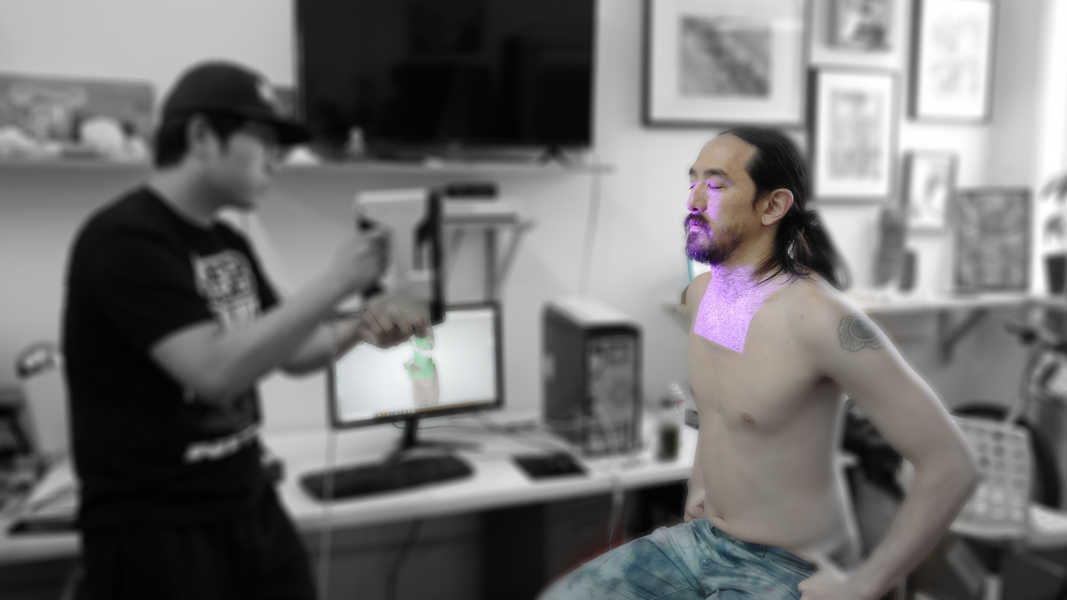In today's largely digitalized world, more and more technological advancements are reshaping the way we lead our day to day lives.
And perhaps one of the most impactful and amazing is 3D scanning and printing.
To help you wrap your head around 3D scanning and printing, we've put together this quick guide. Read on to get the low down on what 3D scanning is, how it works, and why it's so darn useful in today's day and age.
Lasers have been around ever since Theodore Maiman unveiled the first working prototype at the Hughes Research Lab back in 1960. And while the applications were relatively far and few back then - in today's world we actively use lasers for sequencing instruments, disk drives, scanners, optical communication and so much more.
3D scanning makes use of lasers to scan the surface of a given object in a no-contact manner. This allows us to extrapolate the data from its surface and effectively create a digital representation of the object as a 3D model.
We're able to capture the objects precise dimensions, including its exact size and shape. And when it comes to detailed objects that feature complicated geometries, 3D scanning is practically a lifesaver when compared to more traditional approaches such as using a touch probe.
So, now that you know what 3D scanning is and what it's good for - let's take a look at the process involved in scanning a real-life object.
Namely, there are 2 key steps involved in the 3D scanning process:
Scanning - You would generally place the object in question on the bed of your digitizer. The scanner's laser probe will then contour the object. As the laser does it's work, the sensor cameras of the scanner will record the changes in the shape and distance of the laser itself. This is done in 3 dimensions, and in the end, it gives us the 3-dimensional data of the object's contours, geometries, and etcetera.
Creating The 3D Model - Once the point cloud data is gathered, the data goes through a little bit of mathematical magic and is merged into an accurate 3-dimensional model of the scanned object. And lastly, the model is then pre-processed for use in any given 3D modeling application of your choice.
Sounds pretty simple right? Thankfully, it really is that easy - modern 3D Scanners cut out the brunt of the work and allow you to effectively streamline your scans, making the entire process as simple as the push of a single button in some cases.
In today's day and age, probably just about everyone has heard or even played around with 3D printing. And while making physical real-life objects from digital files is pretty darn cool - it's not uncommon to start wondering how those digital files come about in the first place?
This is where 3D scanning comes in!
We hope that our little guide has helped you get the hang of the basics when it comes to 3D Scanning. We've covered what it is, given you a basic overview of how it works, and we've even touched on what it's used for in the modern world.
Interested in 3D scanning? At PrintAWorld, you can hire us to 3D scan your project. And not only that we can 3d print it as well!
